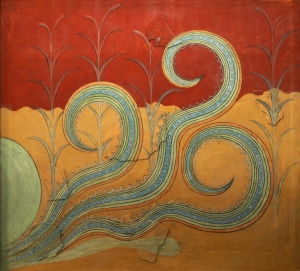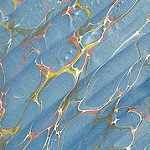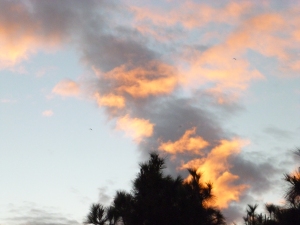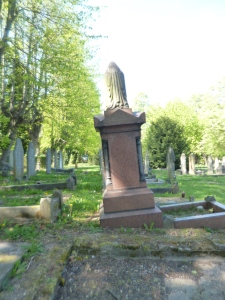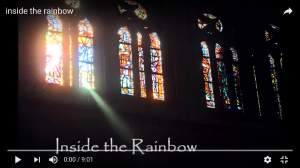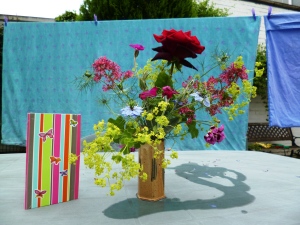A Speck in the Dark
Grey buildings, grey branches,
black streets in the rain…
Dark coats and pale faces,
white sky yet again.
Drained off is the rainbow:
there’s shade and there’s rust.
Smudged world in the window,
and noon feels like dusk.
There: sunrise is flashing,
an orange-red spark,
with sky-blue unfolding –
a speck in the dark!
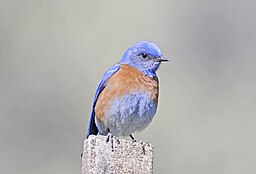
The bluebird’s alighting
on quivering twigs;
the buds were awaiting
a signal like this!
The bluebird is glowing,
alive and alert,
and colours are brewing
in heaven and earth.
Christina Egan ©2018
A January poem from a northern part of Europe… The bluebird does not live here, but it got into the poem because its feathers are of a luminous orange and blue like the sun and the sky!


